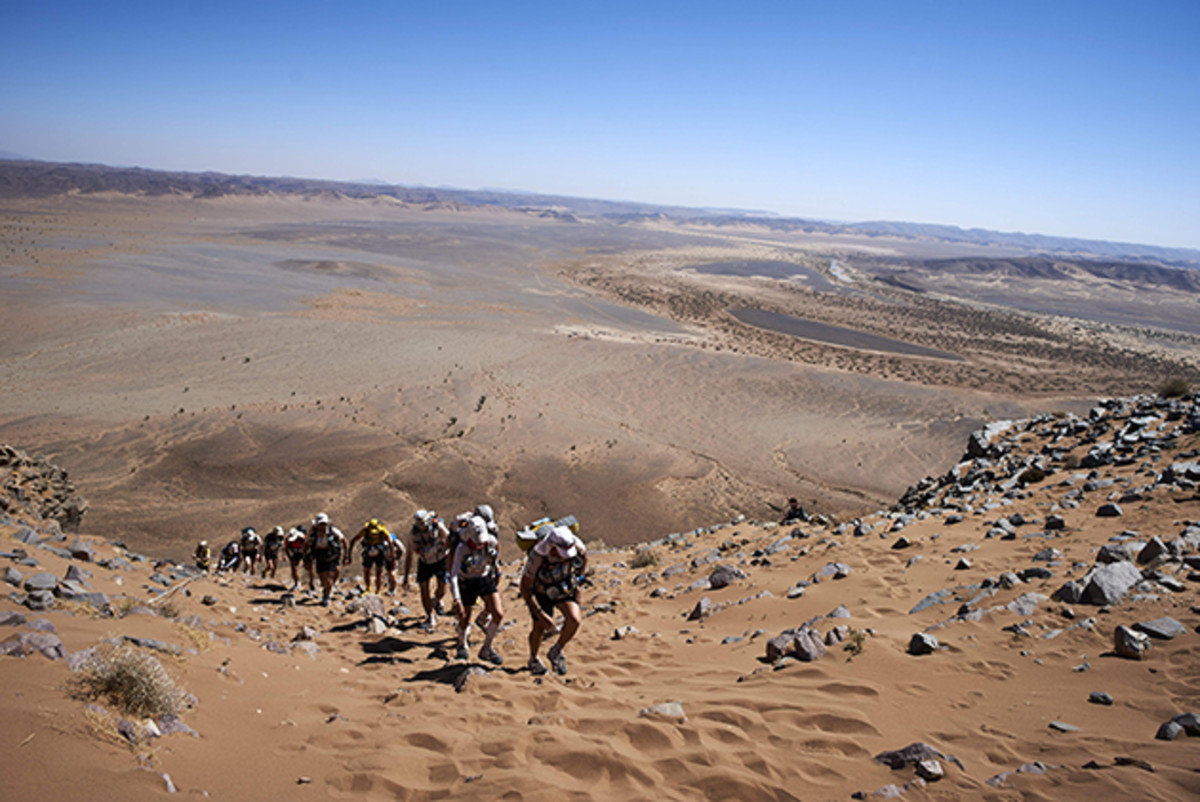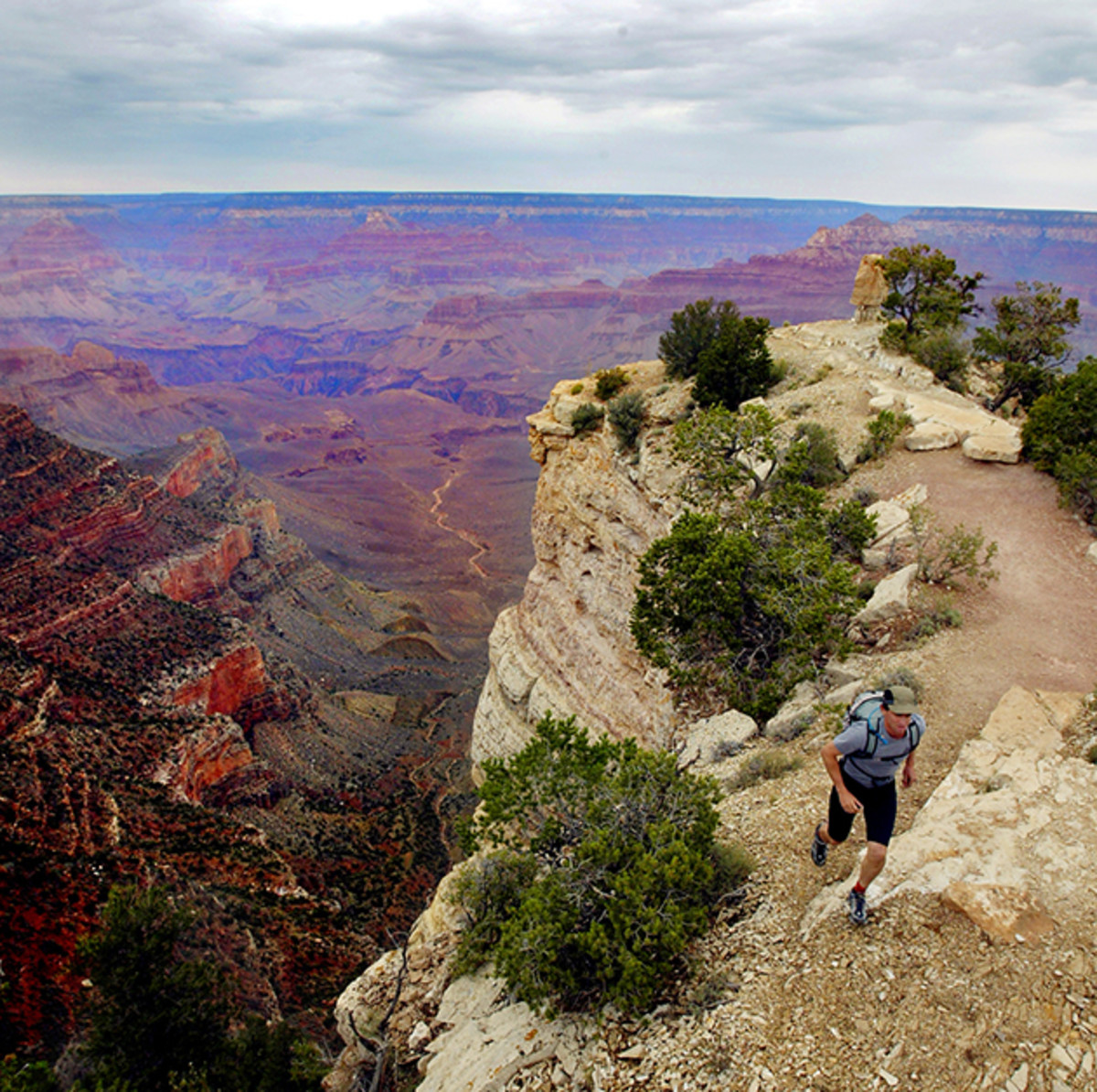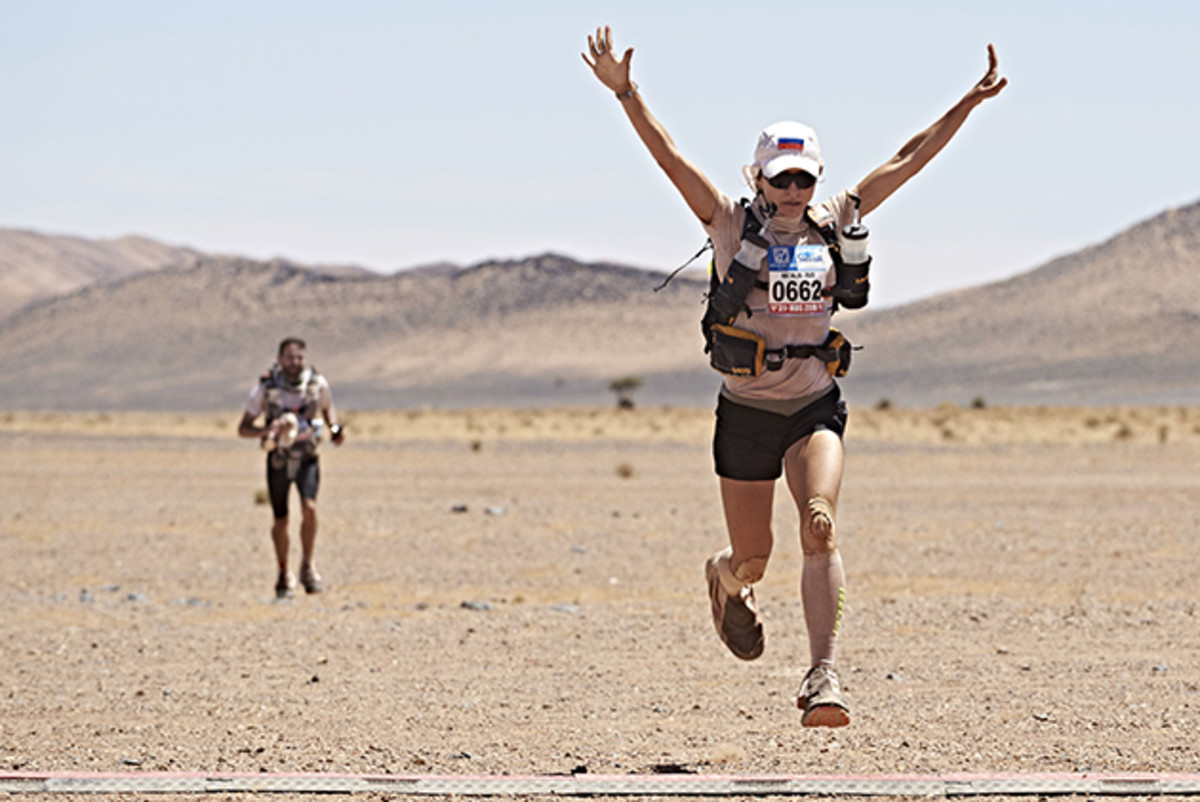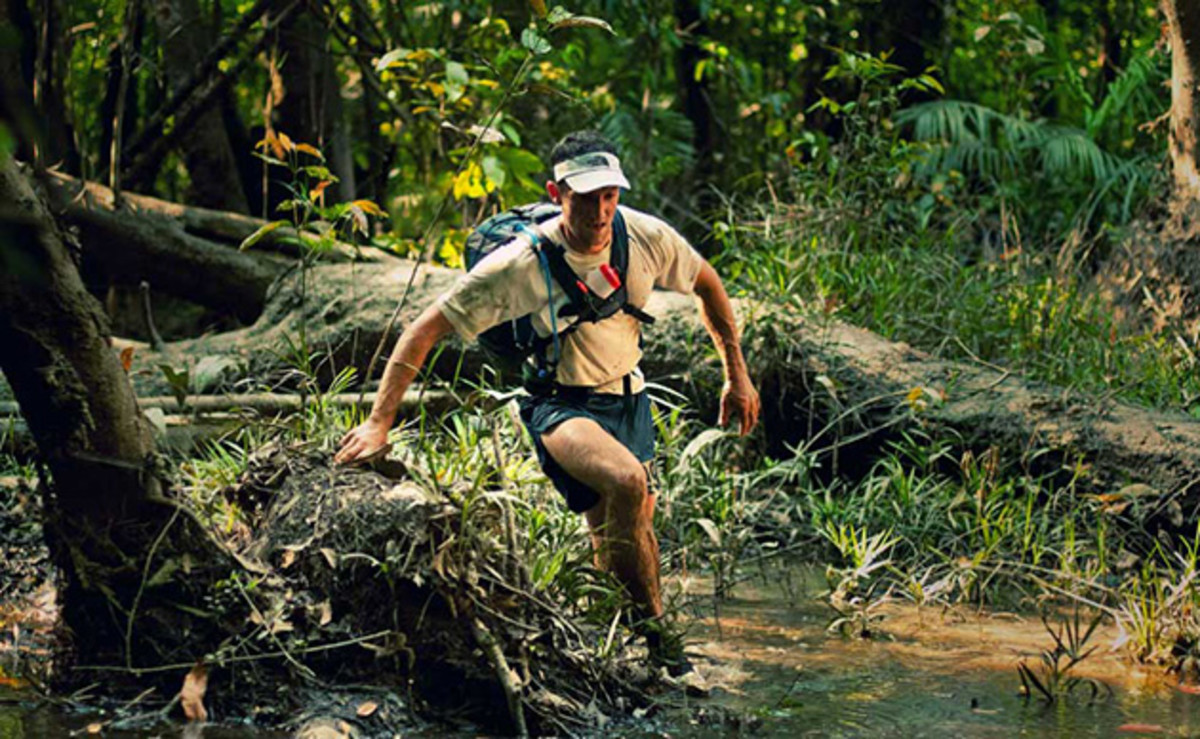Summertime Sweat: Trail running is the workout your summer is missing

Most of us don’t think of running as much of an adventure. After all, bopping up and down on the treadmill is a drag and even if pounding the pavement provides some scenery, cement is hard, hot and dotted with stoplights and strollers. Look, an obstacle course!
Not trail running. It’s a true adventure sport, combining next-level workouts with sun, dirt, and a healthy dose of adrenaline. And more people are catching on. According to 2016 data from the Outdoor Foundation, trail running is one of the fastest-growing al fresco sports.
What's in it for you?
“The best thing about trail running is that it is such a great opportunity for traveling and experiencing new places and adventures,” says Ian Sharman, Team CLIF Bar athlete and owner of Sharman Ultra online coaching.

In fact, Sharman got into running after watching a documentary on the high-octane Marathon des Sables, a six-day ultra marathon through the Sahara desert, one of the world’s most extreme landscapes. “I wanted an adventure and to do some epic stuff, and I wasn’t getting that in my corporate job,” he says. “The Marathon des Sables seemed like an amazing adventure, and it just happened to involve running. So I started running.” Since watching that documentary back in 2004, he has completed 200-plus ultras and marathons in more than 30 countries.
The trails make it possible. “I tell my athletes that one of my favorite forms of strength training for runners is running technical trails,” says Janet Hamilton, C.S.C.S., exercise physiologist with Running Strong in Atlanta. “On the trail, not only are you running through a column of air and propelling yourself forward, but your terrain is less predictable. Each footfall is not going to land on the same smooth asphalt as the previous one. There may be uneven sections and roots or rocks that require you to use different muscles to maintain your balance.”
• MORE EDGE: One-legged teen mountain biker defies the odds
The result: Stronger all-over muscles, superior agility (handy during pick-up soccer and softball games), and crazy-high caloric burns. Plus, the varied, cushiony terrain imparts less repetitive stress on the body than does road running. That means that you booth recover from workouts faster as well as avoid many of the injuries that commonly plague runners, says Jason Fitzgerald, a 2:39 marathoner and head coach of Strength Running. Win-win.
Go off-roading
Even if you’re a treadmill all-star, it’s best to take things slow when trying out the trail for the first time, Hamilton says. The trail presents additional physical challenges. Start with short trails in parks and other green spaces near you, and go in knowing that you will be slower on the trail than you are on the road, especially if your route of choice is hilly or rocky, Sharman says. “Don't feel bad about that.” With time, your time spent in nature will help you get faster on any terrain—dirt, cement, or otherwise.
One man's quest to complete 21 triathlons in 21 days in 14 states
Just make sure that you hit the trail prepared. Although you generally only need trail-specific running shoes when handling very technical singletrack trails, it’s always important to start your runs packed with more fluid and nutrition than you think you will need, Fitzgerald says. After all, if you twist your ankle in the middle of Nowheresville, you don't want to go hungry.
Similarly, Hamilton recommends that prior to any trail run, you ask yourself, “What could possibly go wrong, and what have I done to address these risks?” Whether it’s running with friends, telling your significant other where you are going and when you’ll be back, or carrying a phone (granted you can get reception on the trail), the farther away you head from civilization, the more important contingency plans are, Sharman says.
5 trail runs that deserve a spot on your bucket list
There are awesome trails almost anywhere. But these? Wow.
Grand Canyon Rim-to-Rim (to Rim)

Leaning out of your car window to snap a pic doesn’t really count as “seeing” the Grand Canyon. Running the 24 miles through the canyon (and 24 back, if you’re up for it), though, definitely does. dizzying heights, monstrous rock formations, and endless displays of sedimentary rock walls.
X-Terra Trail Run World Championship
It’s called a “world championship,” but, don’t worry, you don’t have to qualify. Everyone from weekend warriors to professional racers take part in the multiple races, from 5K to 13.1 miles, along the Instagram-worthy northeastern shore of Oahu.
Dipsea Trail
The 9.5-mile highlight of the Bay Area’s Dipsea Trail kicks off in Muir Woods, the most famous redwood park in the world. From there, it winds down coastal hills past Mount Tamalpais and the Golden Gate Bridge and concludes at the lush Stinson Beach. Cool off with a swim.
Marathon des Sables

The reason Sharman started running, this weeklong adventure covers 156 miles (six marathons) through the untouched Moroccan Sahara. Every step of the way, runners carry backpacks with all of the food, cooking equipment, clothing, and medical supplies they need. Not to mention a sleeping bag.
Jungle Marathon

This Brazilian race of a lifetime begins at a jungle base camp accessible only by overnight boat ride and takes you 137 miles through the Amazon rainforest’s lush canopies, winding rivers, and knee-deep, who-knows-what-infested mud.
